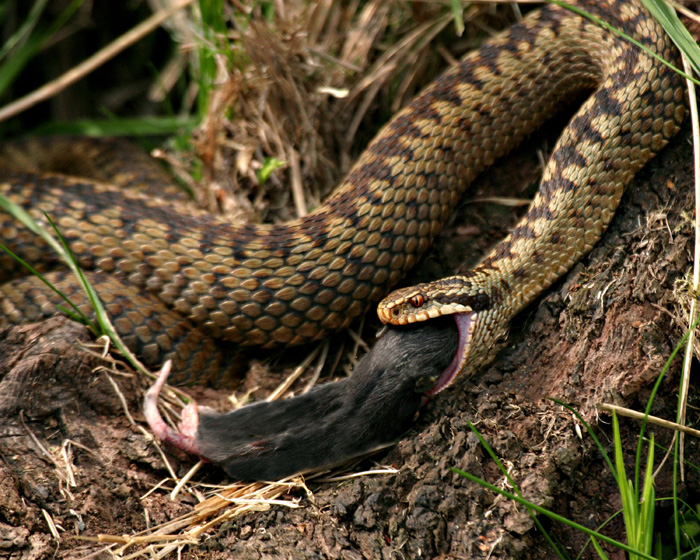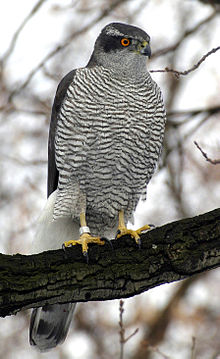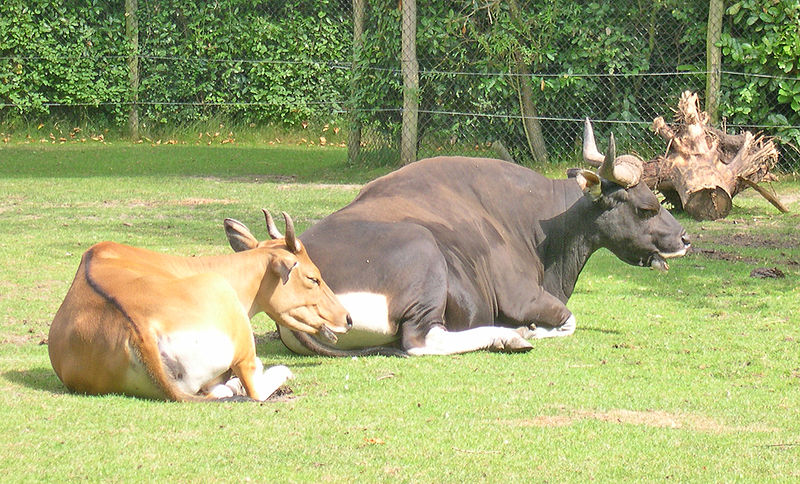 The file fish is a very strange fish- it has 2 spines that it can move up and down its body at will! Once it is raised, it gets locked into place by a smaller spine. To lower its spine again, the fish has to move the lower spine first.
The file fish is a very strange fish- it has 2 spines that it can move up and down its body at will! Once it is raised, it gets locked into place by a smaller spine. To lower its spine again, the fish has to move the lower spine first.These fish are flattened, and can barely be seen from the front or back. However, they grow up to 20 inches long and look huge when seen from the side. Their eyes are set high up and far back on their head. It lives in tropical reefs, and is often brightly colored.
The filefish also has very strong teeth, and eats its food by cracking its shells and carrion. Its diet is mainly mollusks and things like that. Filefish ARE territorial, and will occupy a small piece of each reef. It will alert other fish of their territory by making noises with their teeth and spine, which echo through the water. They also use their bright colors to warn other fish about their territory.




















